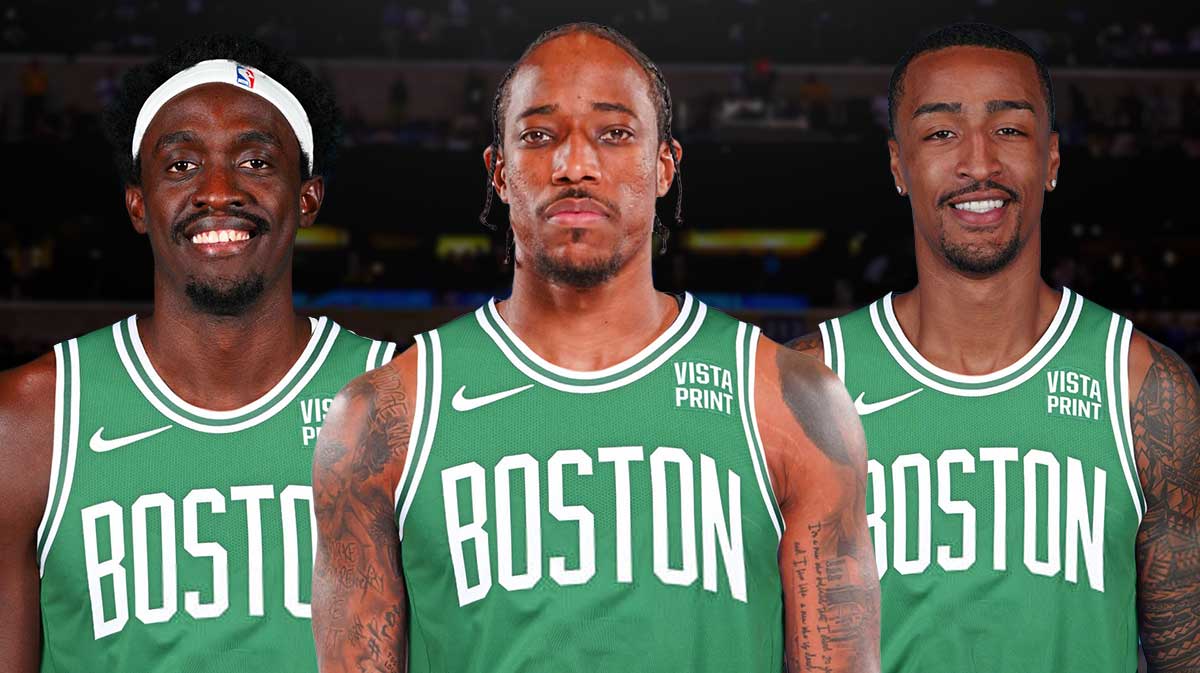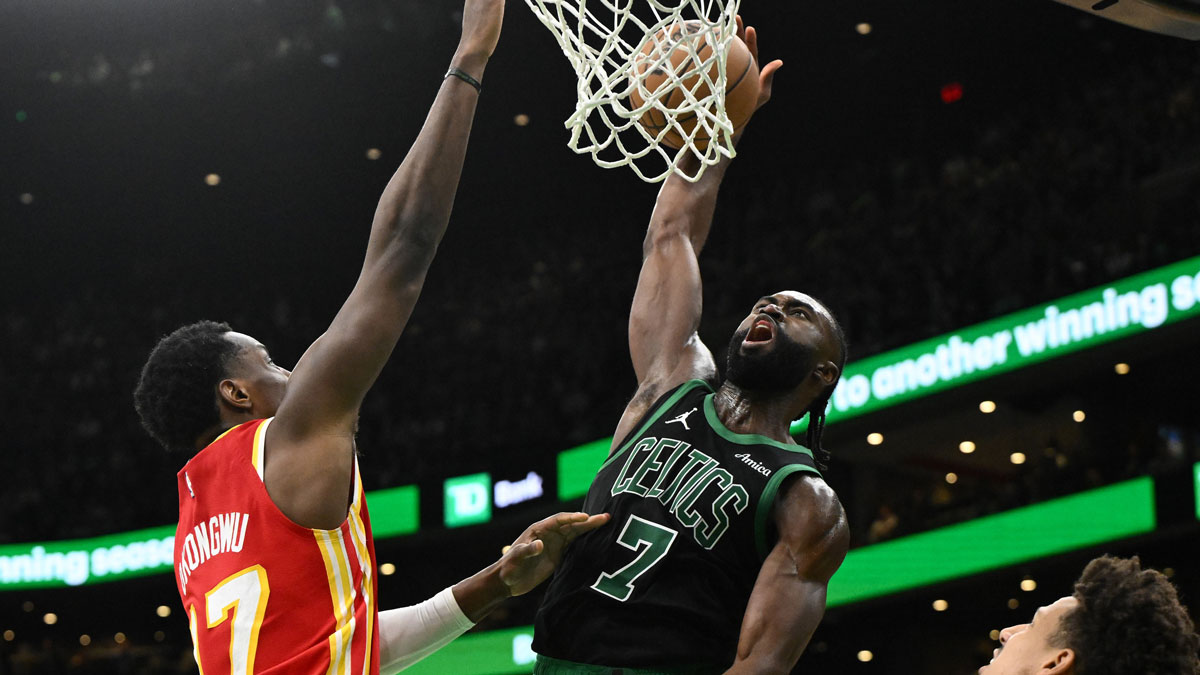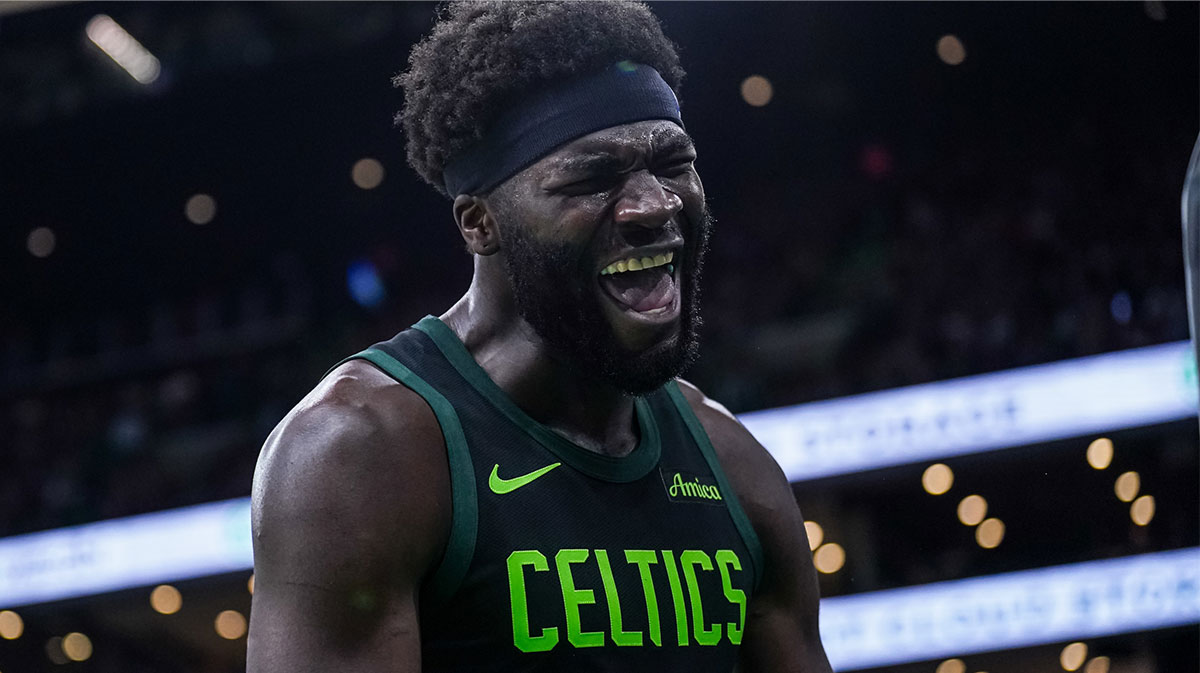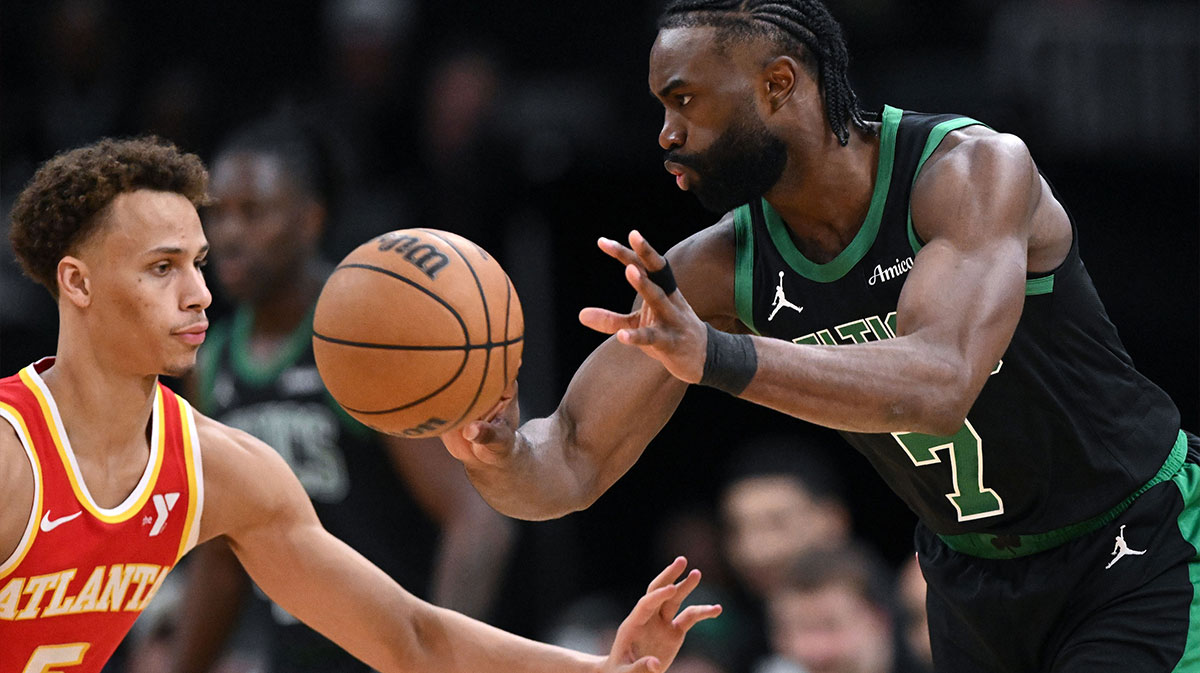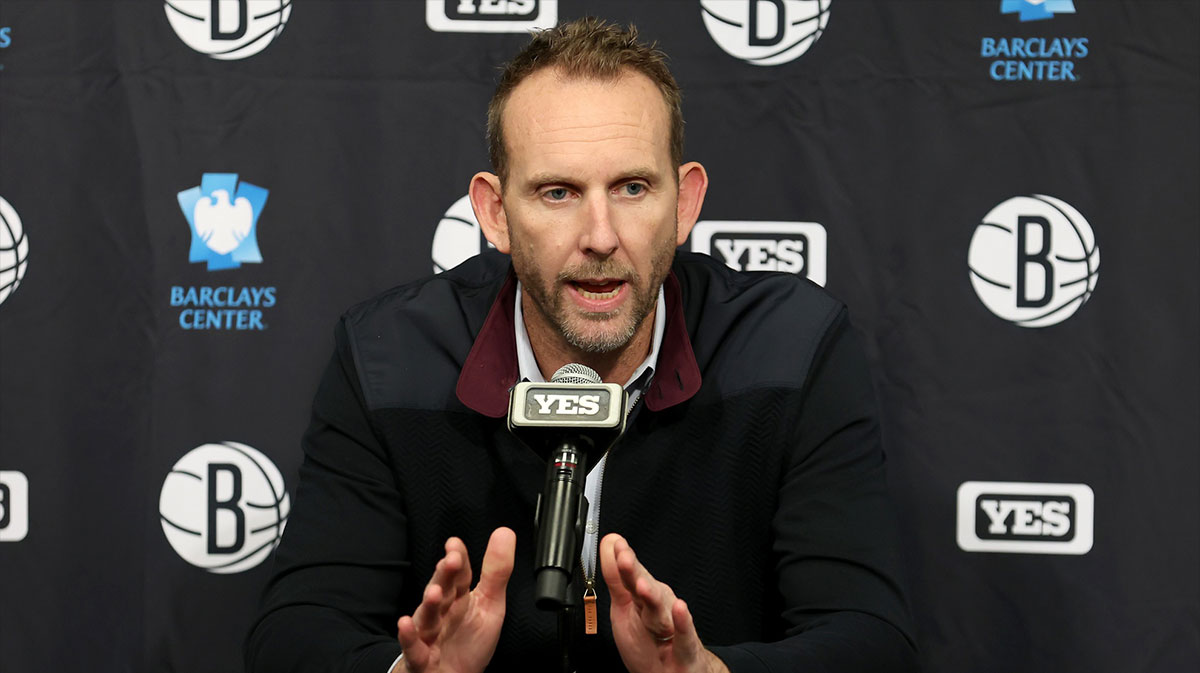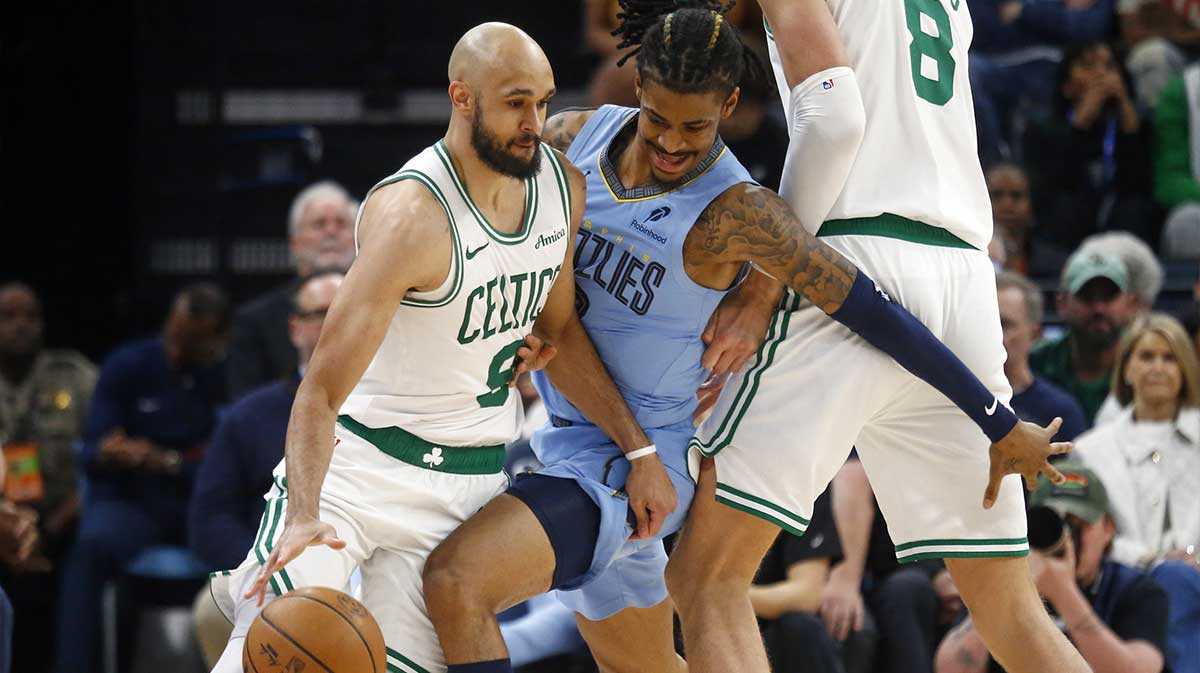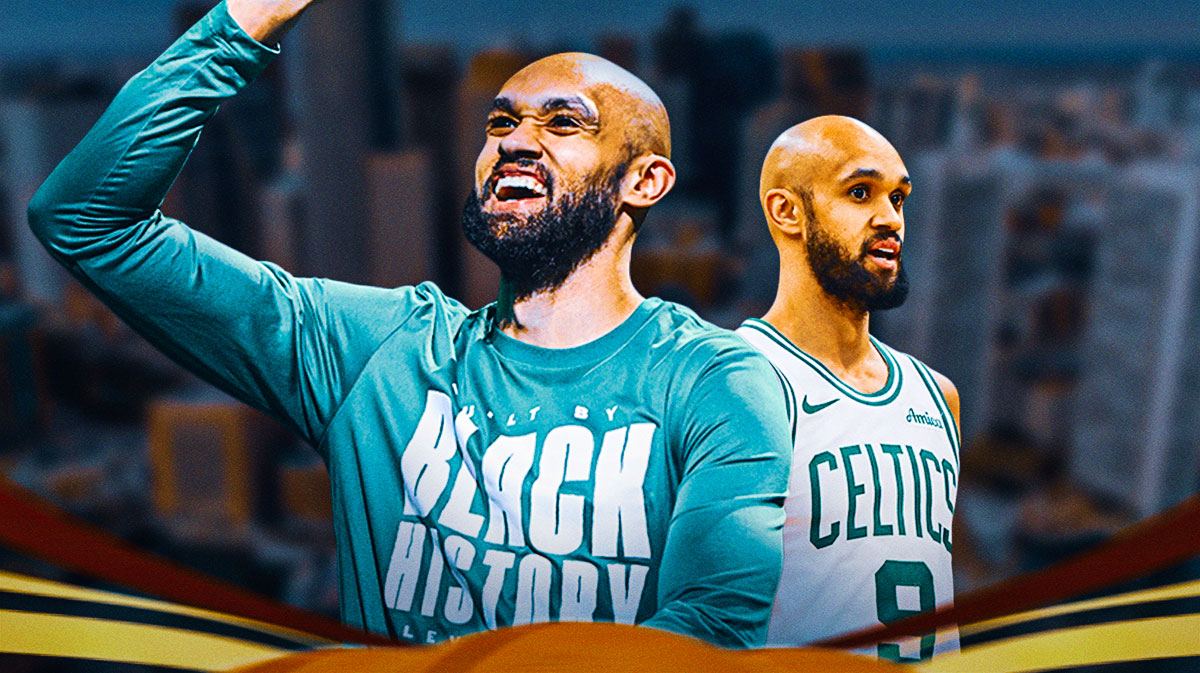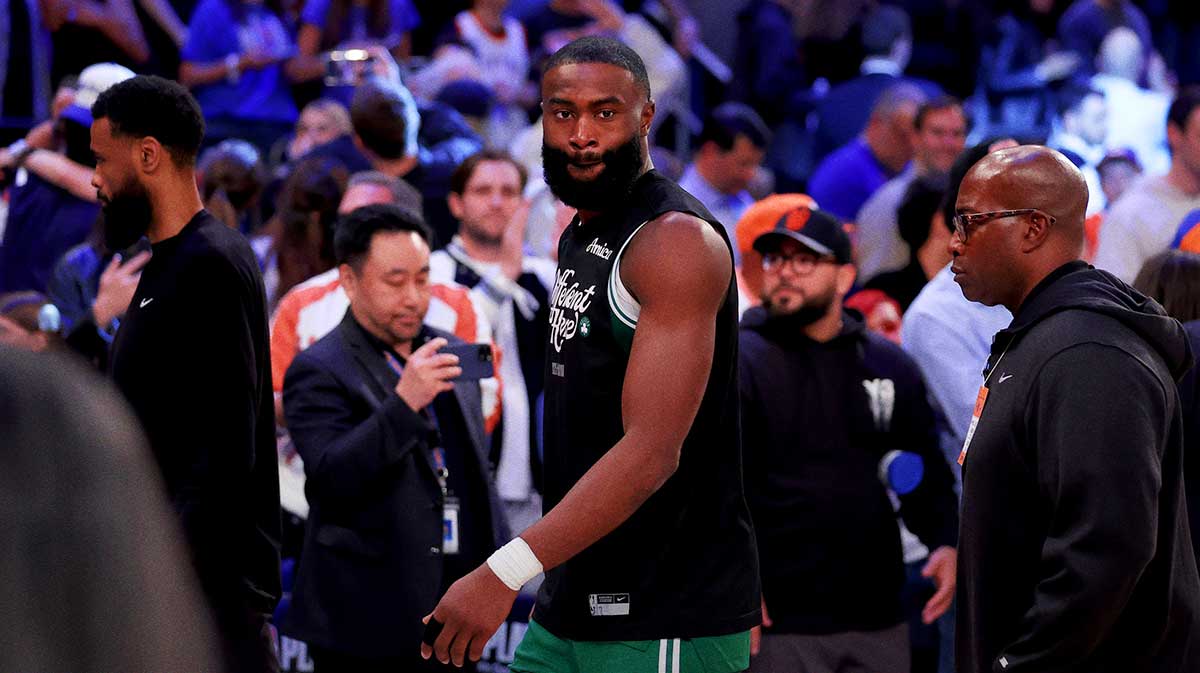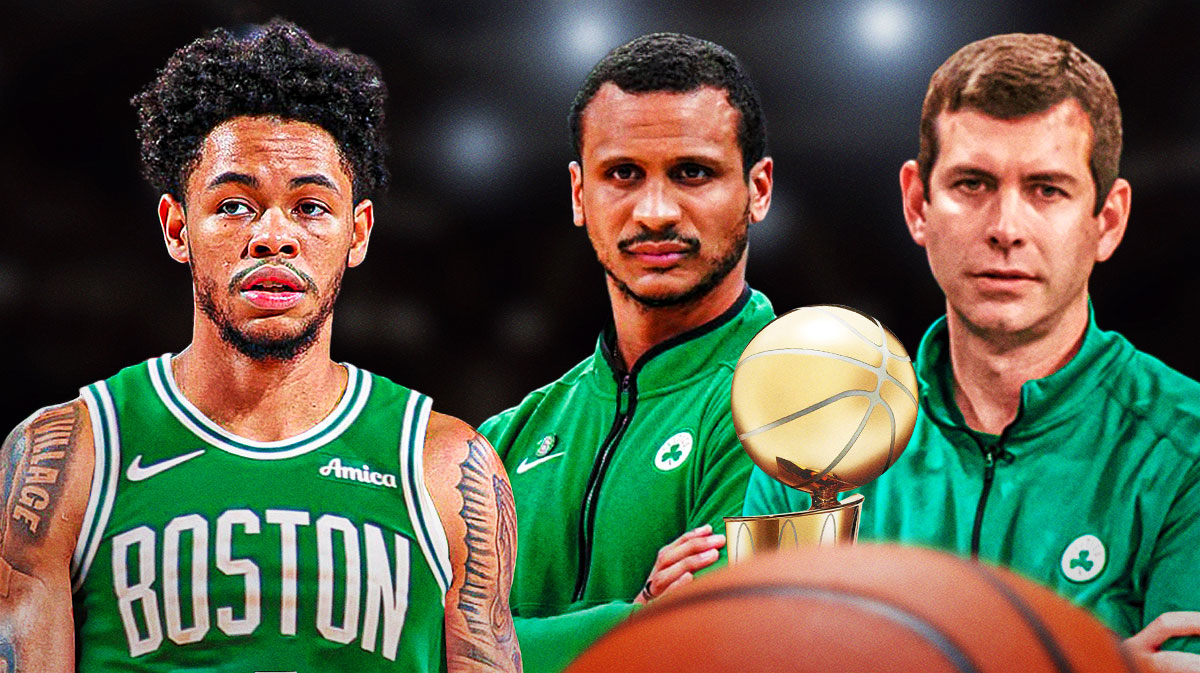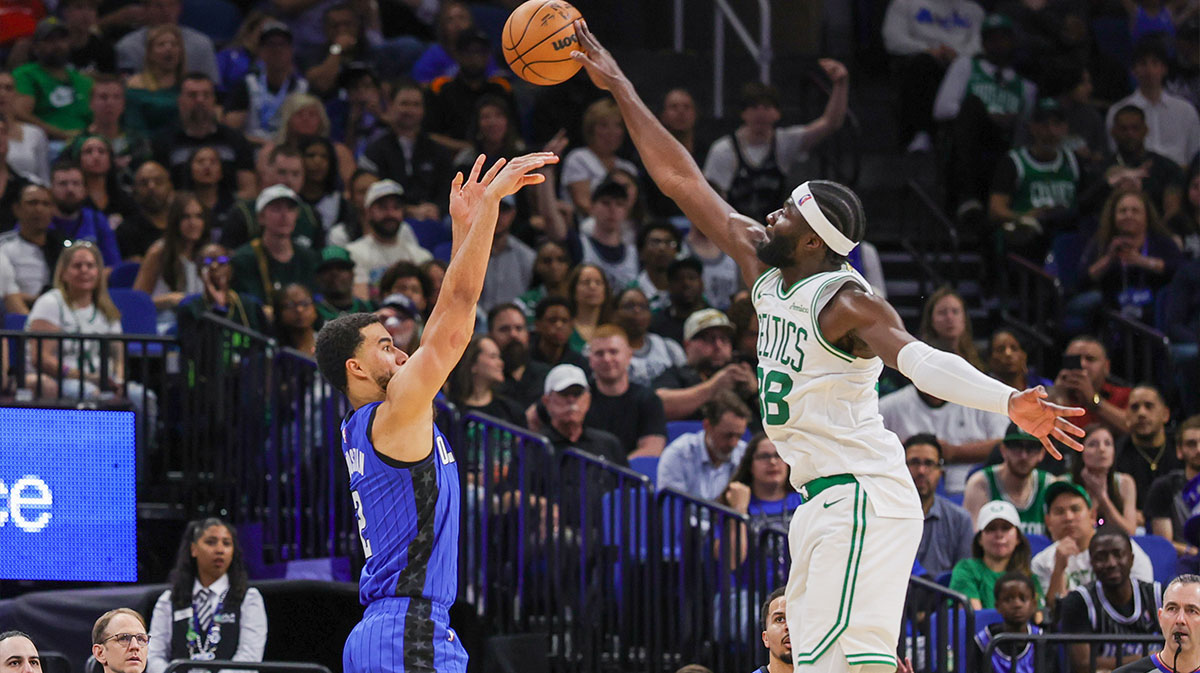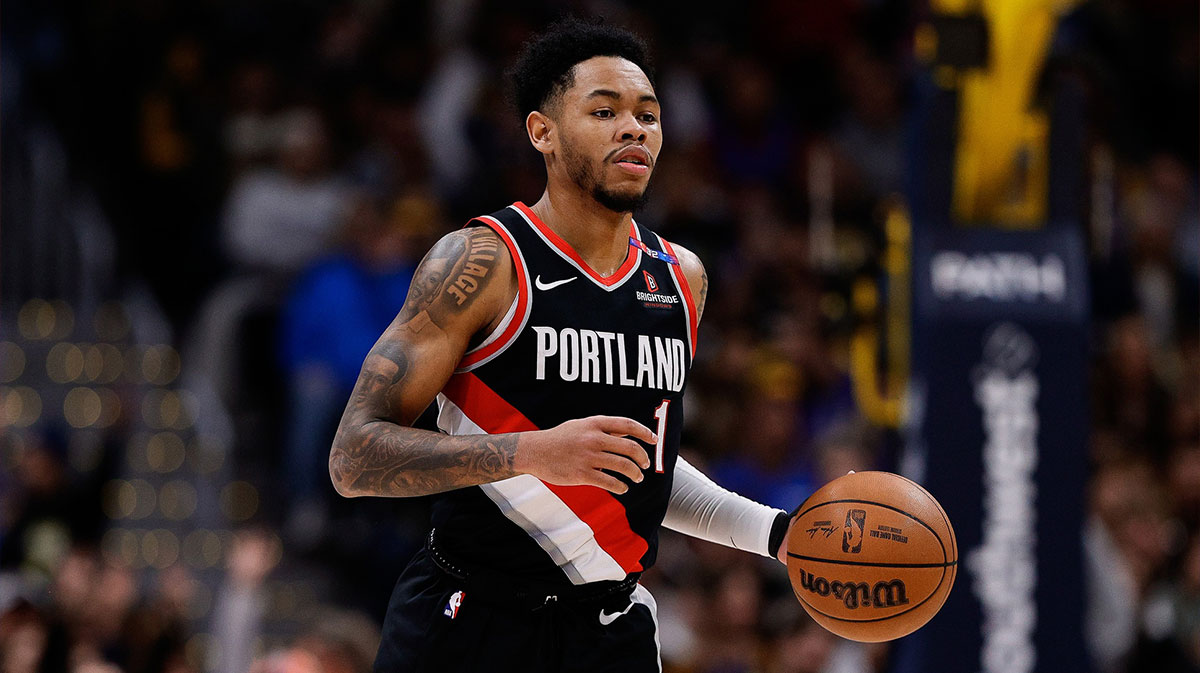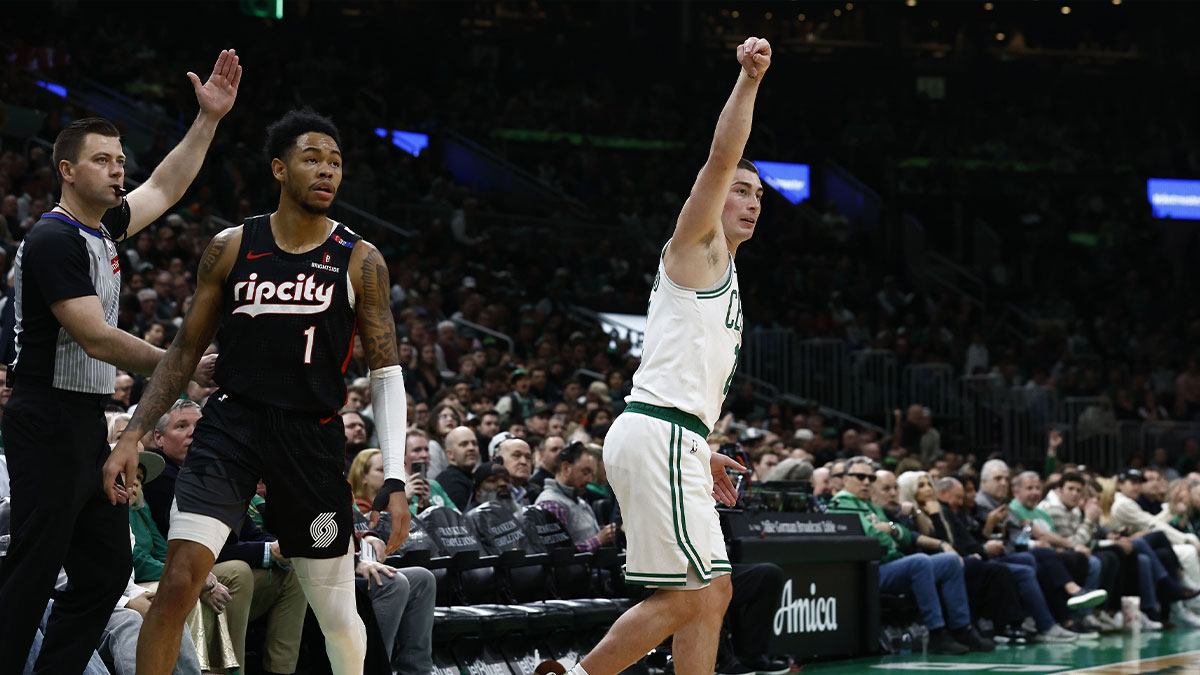When a boat springs a leak, it doesn't immediately sink. Slowly, the boat fills with water then begins to plunge. It isn't the leak itself that does the boat in but the lack of a viable stop gap. For the Boston Celtics, Gordon Hayward's injury was the lack of a viable stopgap.
Last year's Celtics were among the deepest teams in the NBA, so there were plenty of hands on deck to remove the pooling water. Through a quarter of the season, they sat perched atop the NBA with an 18-3 record, buoyed by a 16-game winning streak and league-best 97.2 defensive rating. Even halfway through the year, Boston was 31-10 and claimed the No. 1 defense (100.4 DRTG) — the team's metaphorical duck tape plugging the fissure.
For all their remarkable ability to stay afloat, the Celtics were still a leaky vessel against LeBron James, the ultimate tidal force in the Eastern Conference for the past decade.
The second half was a different story. Its defense slipped a notch to 102.6 (third-best during that span) while the offense continued to sputter in Hayward and, later, Kyrie Irving's absence (21st-ranked offense in the second half, 18th for the season). Sans Hayward, the offense couldn't shift into another gear and counter defensive regression, and Boston's 24-17 second-half record reflected that. The leak was announcing its presence.

On the season, Boston boasted an elite defense and below-average offense. Through two playoff series, Terry Rozier, Jaylen Brown, Jayson Tatum, Al Horford and a cast of role players provided enough firepower to reach the Eastern Conference Finals. Then, Hayward and Irving's injuries grew most glaring as the Celtics — low on dynamic perimeter pieces to keep the offense spinning and avoid stalled possessions — sported a ghastly 102.1 ORTG against the Cleveland Cavaliers, the NBA's second-worst defense during the regular season.
Had the Celtics dethroned The King, their middling offense and elite defense would have been outliers in the NBA Finals — at least in juxtaposition to recent predecessors.
Dating back to 2011, the first of LeBron's eight-year Finals run, the average offensive ranking for a Finals participant was 3.5. Not once over the past eight years has an offense outside the top eight made an appearance in the June festivities while just four clubs ranked outside the top five have held cameos.
Conversely, asphyxiating defenses haven't always been a recipe for conference supremacy. During that same span, a defense stationed beyond the top eight has made the Finals seven times (in 16 chances) and the top-ranked defense has only sniffed the action once (Golden State in 2015).
Hayward is going to be a panacea for the team's offensive warts as there are few stars with a more well-rounded skill set than him. The beauty in Boston's outlook next season is its three best players, Irving, Hayward and Horford, own jack-of-all-trades versatility and aren't ball-dominant. That dynamic provides Brad Stevens with freedom in his lineup construction, not constrained by the limitations of his stars.

With Irving slated to continue serving as the No. 1 scoring option and Horford likely to be a primary facilitator, that leaves Hayward with a prominent off-ball role — a position he thrived in during his final season as a member of the Utah Jazz.
According to Synergy, he ranked in the 83rd percentile (1.12 PPP) off screens, wreaking havoc with his midrange and three-point acumen. He takes tight angles around screens, is a master of setting up his defender and exhibits acute timing when utilizing picks, recognizing exactly when to spring free for jumpers:
When Boston wishes to simply harness Hayward's silky shooting to stretch the floor for Irving or Tatum's dizzying offensive displays, he'll be primed and ready. He bred 1.14 PPP (84th percentile) on spot-ups in 2016-17 and connected on 39.1 percent of his 248 catch-and-shoot 3s.
Beyond his ability to efficiently traverse screens and knock down triples, Hayward is an explosive and savvy cutter, producing 1.44 PPP (85th percentile) on dashes to the rim. Utah regularly ran plays to convey his cutting prowess and he also showcased a knack for bolting into openings or shaking free of his defender:
Alongside Horford, one of the league's best passing bigs, and Irving, who rarely has trouble dissecting defenses inside the paint, Hayward should be able to replicate similar value as a cutter.
While Hayward's comfort off the ball adds a dimension of versatility to Boston's offense, a dearth of off-ball excellence wasn't its downfall last season. Rather, it was the need for more perimeter creation and playmakers. Hayward can step in and be a secondary ball-handler behind Irving, executing pick and rolls, setting up teammates and periodically calling his own number.
As a pick-and-roll ball-handler in 2016-17, Hayward registered 0.98 PPP (87th percentile), which ranked 12th among the 79 players with at least 200 pick-and-roll possessions to their name. He operates at a methodical pace, can score on all three levels and is adept at using his 6-foot-8 frame to create space at the rim or in the midrange.
In Utah, he was a dynamic force, capable of shredding defenses all over the floor. Expect more of this self-creation wizardry from Hayward next season, which will cure most of Boston's weaknesses.
Despite the fact Irving graded above the 80th percentile in off-screen shooting, spot-ups and cuts, his offensive flexibility was limited last season without Hayward in the fold as he only amassed 282 total possessions in those three playtypes — a far cry from the 616 combined pick and rolls and isolations he ran.
Adding Hayward into the mix allows Irving to handle more lower-energy scoring chances, reducing the number of taxing pick and rolls and isolations. Hayward's penchant for knifing into defenses, finding shooters on the perimeter or slinging skip passes will be a boon to the other four Boston starters, each of whom can bury long-range bombs. It'll also provide Horford an opportunity to maintain high-end value as a roll or pop man when Irving isn't handling the ball as Hayward has a tendency for practicing well-timed dishes to the roll man:
With Irving now likely to play off the ball more often this season, Stevens' offensive creativity will no longer be handicapped, allowing him to transition to a motion-based, egalitarian system less reliant on his point guard's self-creation and pick-and-roll skills.
Hayward's injury forced Tatum and Brown to overextend themselves offensively at times last season but now, each will have clearly outlined roles to maximize their talents. While both will thrive as spot-up shooters again, Boston's floor spacing — the product of having a starting lineup in which every player nets at least 39.5 percent of his threes — ignites Brown to feast on cuts and Tatum to indulge in isolations or the occasional pick and roll.
Once the starting five splits up mid-game, Irving and Hayward will have opportunities to bum-rush second units as a primary ball-handler. Or, if Stevens wishes, Horford can be the offensive hub with Boston's featured bench pieces — Rozier, Marcus Smart, Marcus Morris, Daniel Thies and Aron Baynes — orbiting around him. Options are widely available; it's just a matter of tinkering to unearth the combinations that click.
Pairing Rozier or Smart with Irving or Hayward masks each of their well-known offensive deficiencies. Lacking the passing chops of his coworkers, Rozier is best deployed as a dynamo bench scorer with Irving or Hayward assuming playmaking duties next to him. Meanwhile, Smart's scoring gene remains infantile so handing him the reins as a facilitator and emphasizing Irving or Hayward's self-creation traits is the path to extracting Smart's full offensive value.
Gordon Hayward is the Celtics' skeleton key, unlocking the offensive versatility they hinted at last season yet ultimately proved to be a theorized concept. Now, the former Butler star will launch Boston into a new stratosphere, one that's rich with past offensive titans who reached the NBA's biggest stage. He's hopped into the offense's once-sinking boat with a remedy and a paddle, primed to help steer the Celtics toward the right side of history.


